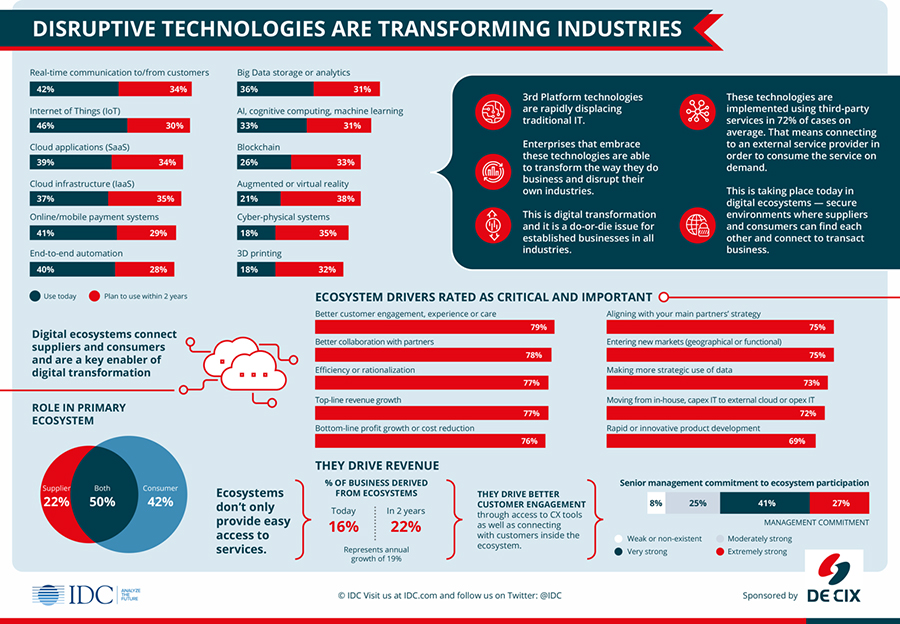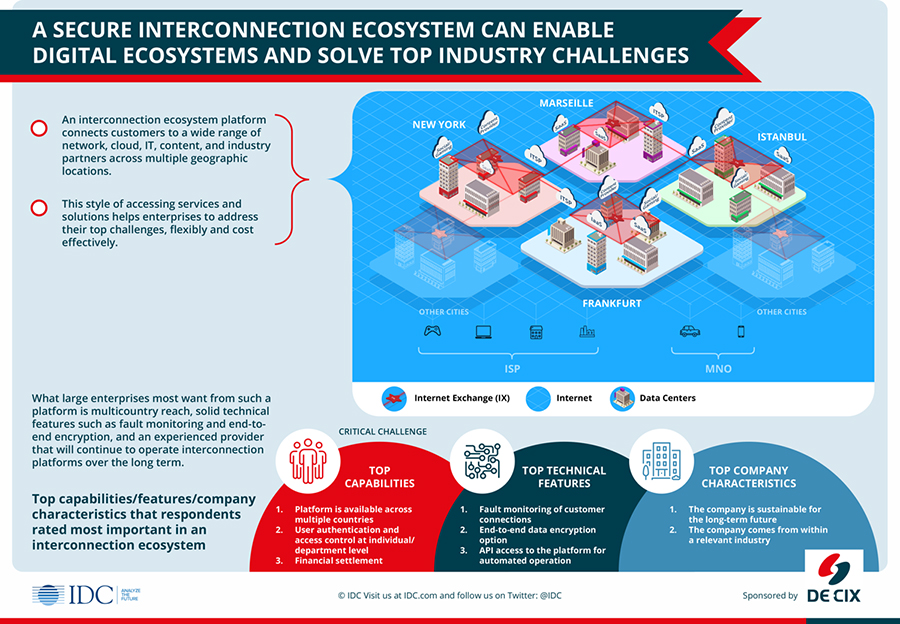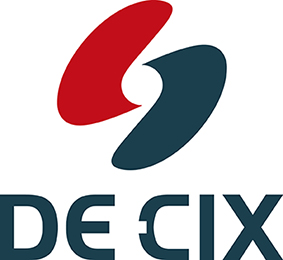The Car as Connected Platform — Connecting Stakeholders in the Automotive Industry
The future of the car and innovative mobility solutions relies on interconnection platforms which can bring together diverse ecosystems. A look at the centrality of connectivity to the evolution of the connected car.

© Olivier Le Moal | istockphoto.com
All industries are in the grip of digital transformation today. The way that business is conducted is shifting from monolithic, on-premise IT systems to a platform-based model in which companies take part in ecosystems to share data and intelligence, and assemble solutions from third-party components. The automotive industry is seeing this new paradigm extend to its core product: the future of the car itself is that of an open platform that will share data with a wide range of partners across an automotive ecosystem.
Related Stories


This vision requires high levels of connectivity from the car — both with objects in the immediate environment (V2X, or vehicle-to-X communication) and, in the future, with partners in the ecosystem via 5G access to cloud-based platforms. As a first step, some car manufacturers are working to establish a reliable and cost-effective V2X platform that allows vehicles to interact with other vehicles and roadside infrastructure within close proximity.
The car of the future will need to connect all stakeholders across the ecosystem
Most importantly, connected vehicles need to share information effectively with the outside world. This information can be mission-critical or not, with different bandwidth requirements, and different latency needs. This information can be streamed from the vehicle to the OEM or across business partners, creating new forms of markets and ecosystems for vehicle data.

One central challenge that the automotive industry is currently facing is the management and sharing of data with the myriad of stakeholders in the connected car ecosystem, as is demonstrated in the IDC Mini Market Spotlight, “The Car as Connected Platform — Interconnection Needs in the Automotive Industry”, sponsored by DE-CIX.
Interconnection platforms as market enabler
This means that interconnection platforms will play an essential role in the development of the connected car market and third-party services. According to IDC, “What large enterprises most want from such a platform is multi-country reach, solid technical features such as fault monitoring and end-to-end encryption, and an experienced provider that will continue to operate interconnection platforms over the long term.”
The study looks into different approaches to developing interconnection platforms for supporting the automotive industry. These platforms, and the ecosystems that run on them, will clearly require robust, secure, and performant infrastructure. These requirements will only increase over time, as cars become ever more dependent on access to the platforms.

New mobility paradigm
The automotive industry is on the verge of a massive transformation. The traditional transport model — based on individual car ownership that entails a rigid separation between public and private transport — is giving way to a new mobility paradigm centered on multimodal, on-demand, low-carbon, personalized travel services, enabled by real-time, accurate access to information. This is a revolution within the automotive industry, and its implications are numerous.
The IDC Mini Market Spotlight, sponsored by DE‐CIX, provides insights into the connectivity challenges faced by the automotive industry, and the role of interconnection platforms in solving these and enabling new developments in the industry.
Please note: The opinions expressed in Industry Insights published by dotmagazine are the author’s own and do not reflect the view of the publisher, eco – Association of the Internet Industry.


